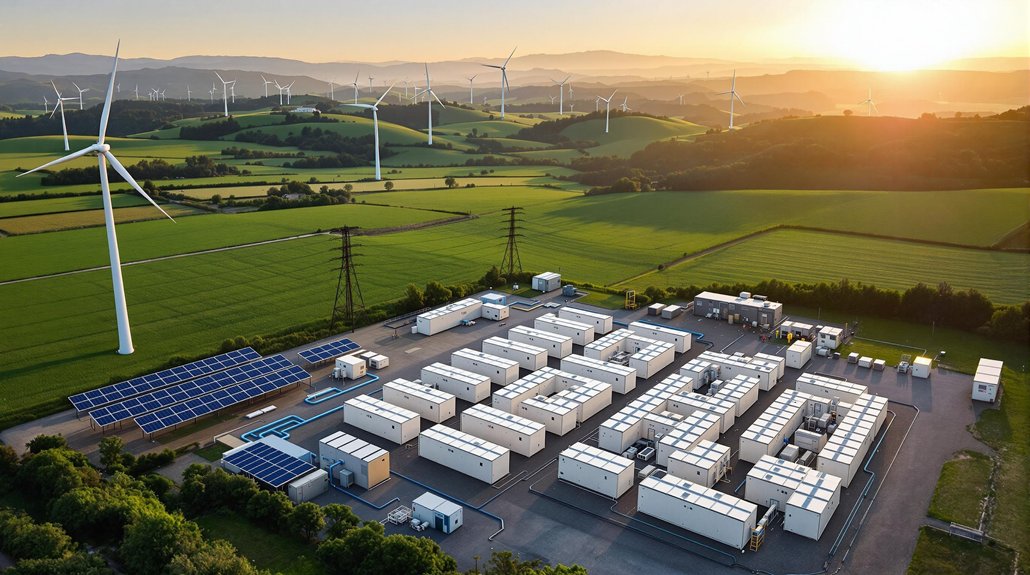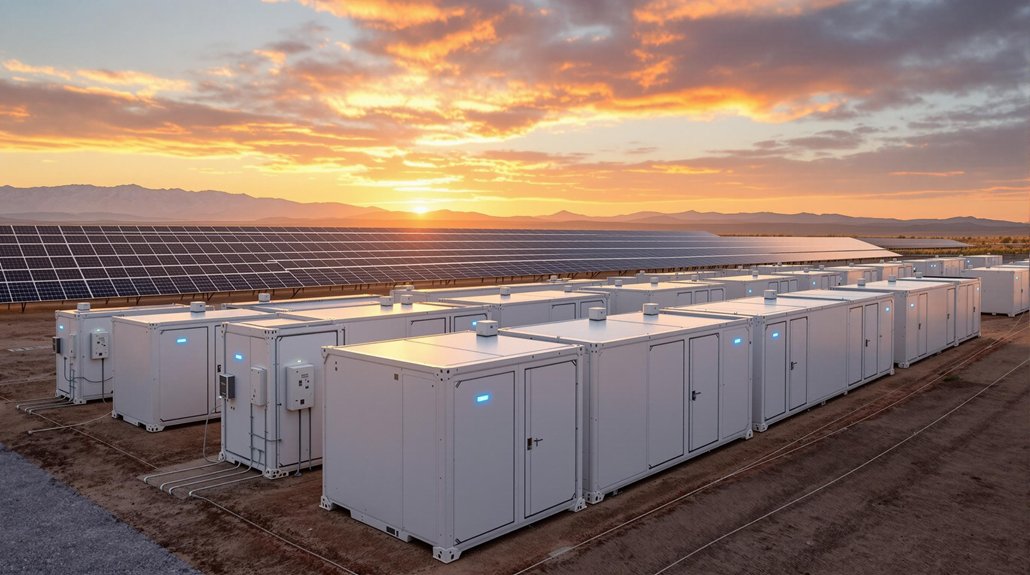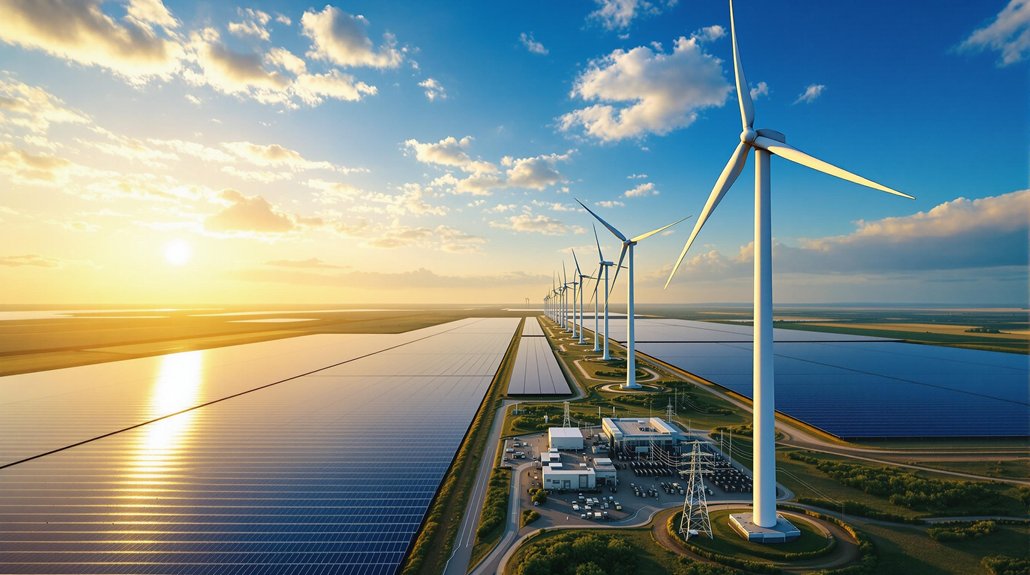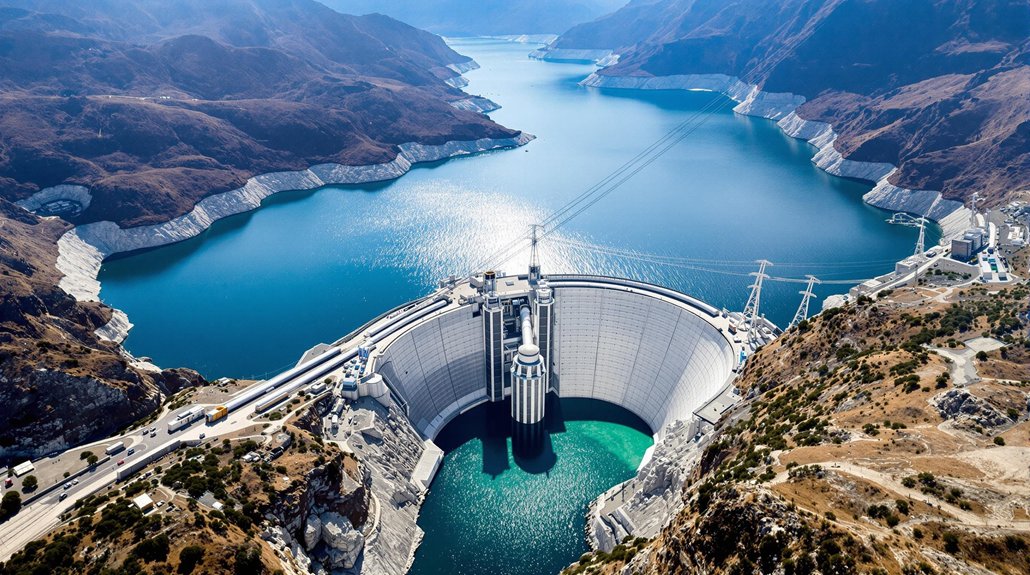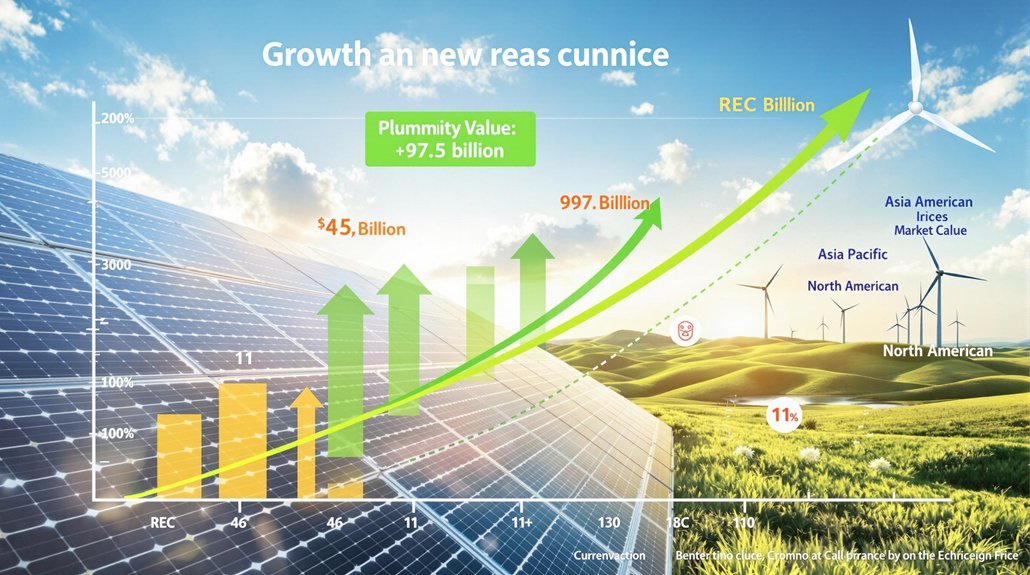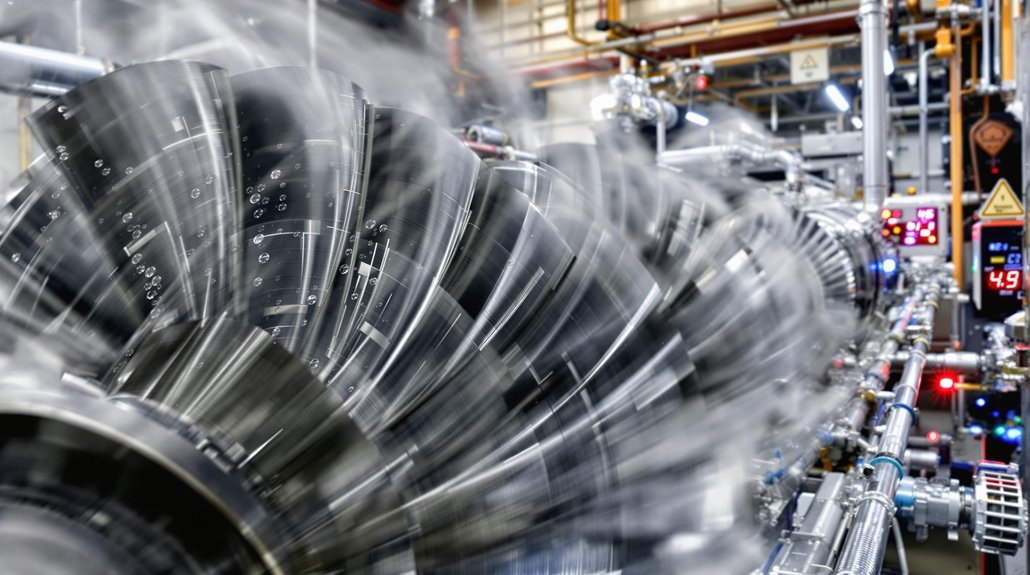Battery storage power stations are giant batteries that store energy and release it when needed. They help reduce grid stress during peak demand and store renewable energy from solar and wind sources. These systems can respond in seconds to maintain grid stability and provide backup during outages. The global market is growing rapidly as battery prices continue to drop. These technologies are proving essential for a cleaner, more resilient power grid.
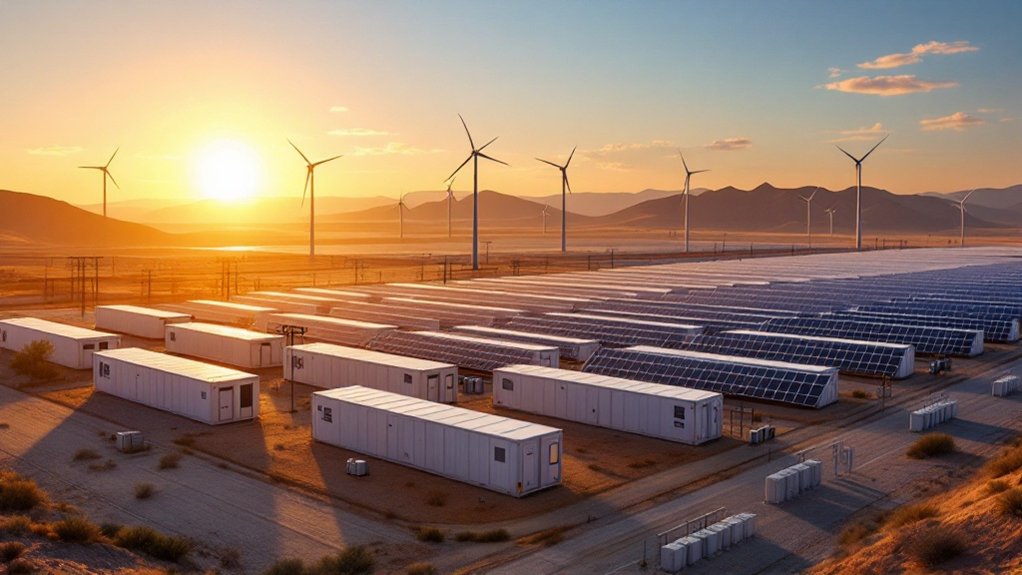
The giant batteries that make up battery storage power stations are changing how electricity works around the world. These large systems store energy as chemical energy and can release it when needed. They use technologies like lithium-ion, lead-acid, or flow batteries to keep electricity ready for use. One of their best features is how quickly they respond – they can charge or discharge in seconds.
These power stations consist of battery modules arranged in racks or containers. They include inverters to convert between AC and DC power, management systems to monitor performance, and safety features like fire suppression. A key component is the battery management system which monitors cell performance and ensures optimal operation conditions. Unlike conventional energy sources that release pollutants during operation, battery storage systems produce zero direct emissions when operating. Their modular design means they can be built to various sizes based on local needs.
Battery storage helps the grid in several ways. They can reduce stress during peak demand times, regulate frequency to keep the grid stable, and store energy from solar and wind for later use. These modern systems can transition to full power in under a second, making them the fastest responding dispatchable power source available. They also provide backup power during outages and can help avoid costly upgrades to transmission lines.
The market for these systems is growing rapidly. Global battery storage reached 17 GW in 2020, and the market could be worth $12.1 billion by 2025. The largest system currently operates in California with 300 MW capacity. Costs have fallen dramatically, with lithium-ion battery prices dropping 87% since 2010.
Battery storage is booming globally, with costs plummeting as California leads with massive 300 MW installations.
There are environmental considerations too. While batteries produce some emissions in manufacturing, they help reduce overall grid emissions by enabling more renewable energy. The industry is working on better recycling and responsible sourcing of materials.
Economically, storage costs continue to fall, making batteries more competitive with traditional power plants. New policies are encouraging adoption, with the U.S. opening wholesale markets to storage and the EU targeting 600 GW of energy storage by 2030.
These regulations recognize that batteries will play a vital role in tomorrow’s cleaner, more resilient power grid.
Frequently Asked Questions
How Do Battery Storage Power Stations Affect Local Wildlife?
Battery storage power stations impact wildlife in several ways.
They disrupt habitats during construction and can fragment animal migration routes. Fencing may restrict wildlife movement. Chemical leaks from batteries can contaminate soil and water, harming local species.
However, some animals adapt to use these facilities as new habitat. Security lighting often disrupts nocturnal wildlife, while electromagnetic fields may disorient certain species.
Careful site selection can minimize these effects.
What Are the Cybersecurity Risks for Battery Storage Systems?
Battery storage systems face several cybersecurity risks.
Hackers can target vulnerable Battery Management Systems, potentially causing overcharging or fires. Unsecured network connections allow remote attacks, with protocols like Modbus lacking proper security.
Supply chain vulnerabilities exist when using third-party components, as shown by the SolarWinds hack.
Physical security threats are also concerning, as many battery sites are remote with minimal protection, making them accessible to unauthorized personnel.
Can Homeowners Invest in Utility-Scale Battery Storage Projects?
Homeowners can invest in utility-scale battery storage projects through several options.
They can purchase stocks in publicly traded energy storage companies or buy into energy storage ETFs.
Some utilities offer community battery investment programs for their customers.
Green bonds issued by utilities also fund large storage projects.
Additionally, crowdfunding platforms enable smaller investments in battery initiatives.
Energy cooperatives sometimes develop shared storage facilities that accept community investment.
How Are Depleted Batteries From Power Stations Recycled?
Depleted batteries from power stations undergo a multi-step recycling process.
First, they’re collected and sorted by chemistry type.
Next, they’re disassembled and shredded to create “black mass” containing valuable metals.
Companies then use pyrometallurgy (high heat) or hydrometallurgy (chemical leaching) to extract materials like lithium, cobalt, and nickel.
This recycling can recover up to 95% of battery materials, which are then used in new battery production.
Do Battery Storage Facilities Create Noise Pollution in Surrounding Areas?
Battery storage facilities do create noise pollution in nearby areas. The main noise sources include cooling fans, inverters, and transformers.
Without proper controls, noise levels can exceed 70 dBA at 100 feet. Many cities require levels below 45 dBA at night, which has led to increased community opposition.
Manufacturers are now developing quieter equipment while facility designers use sound barriers and strategic placement to reduce noise impacts.
